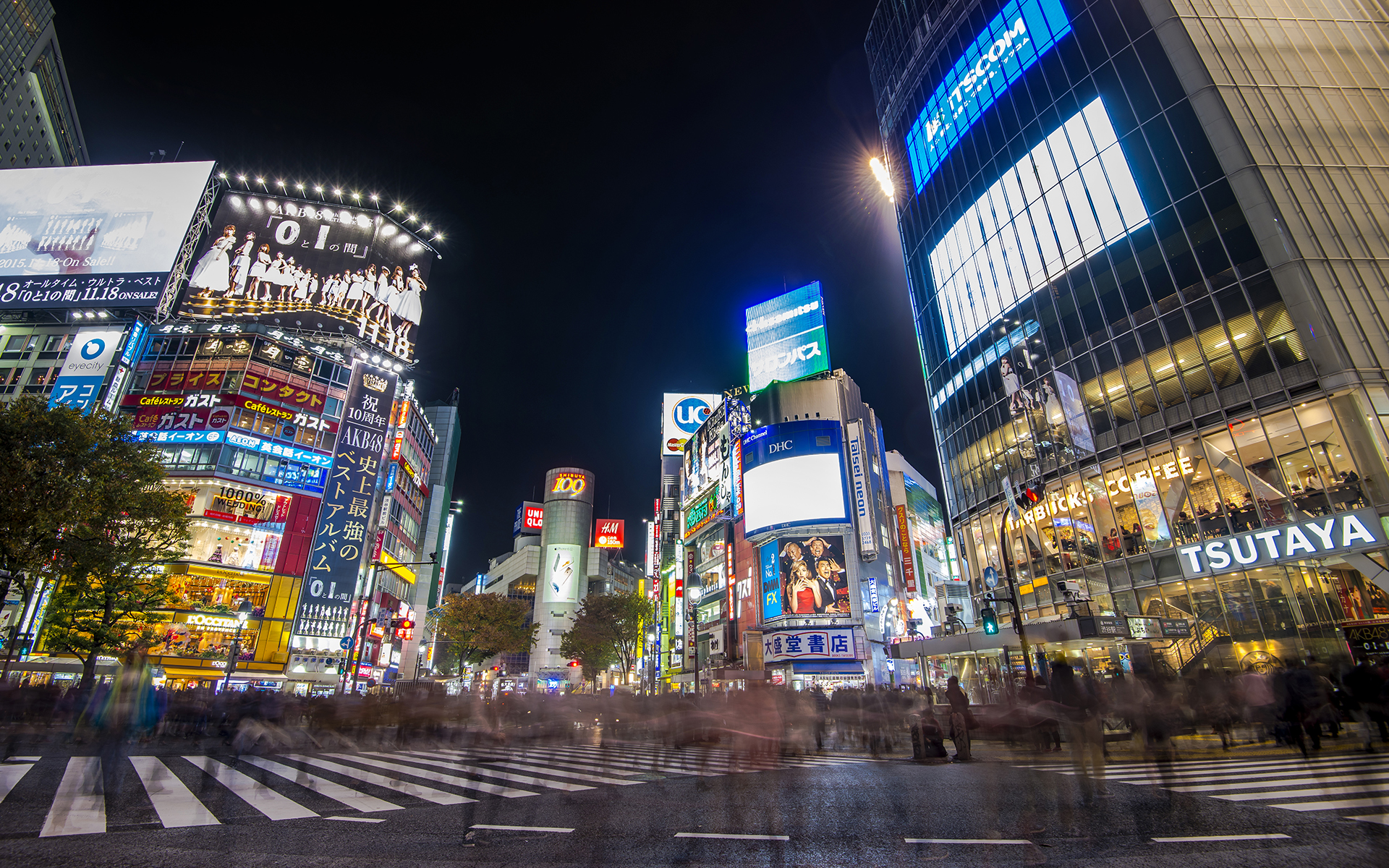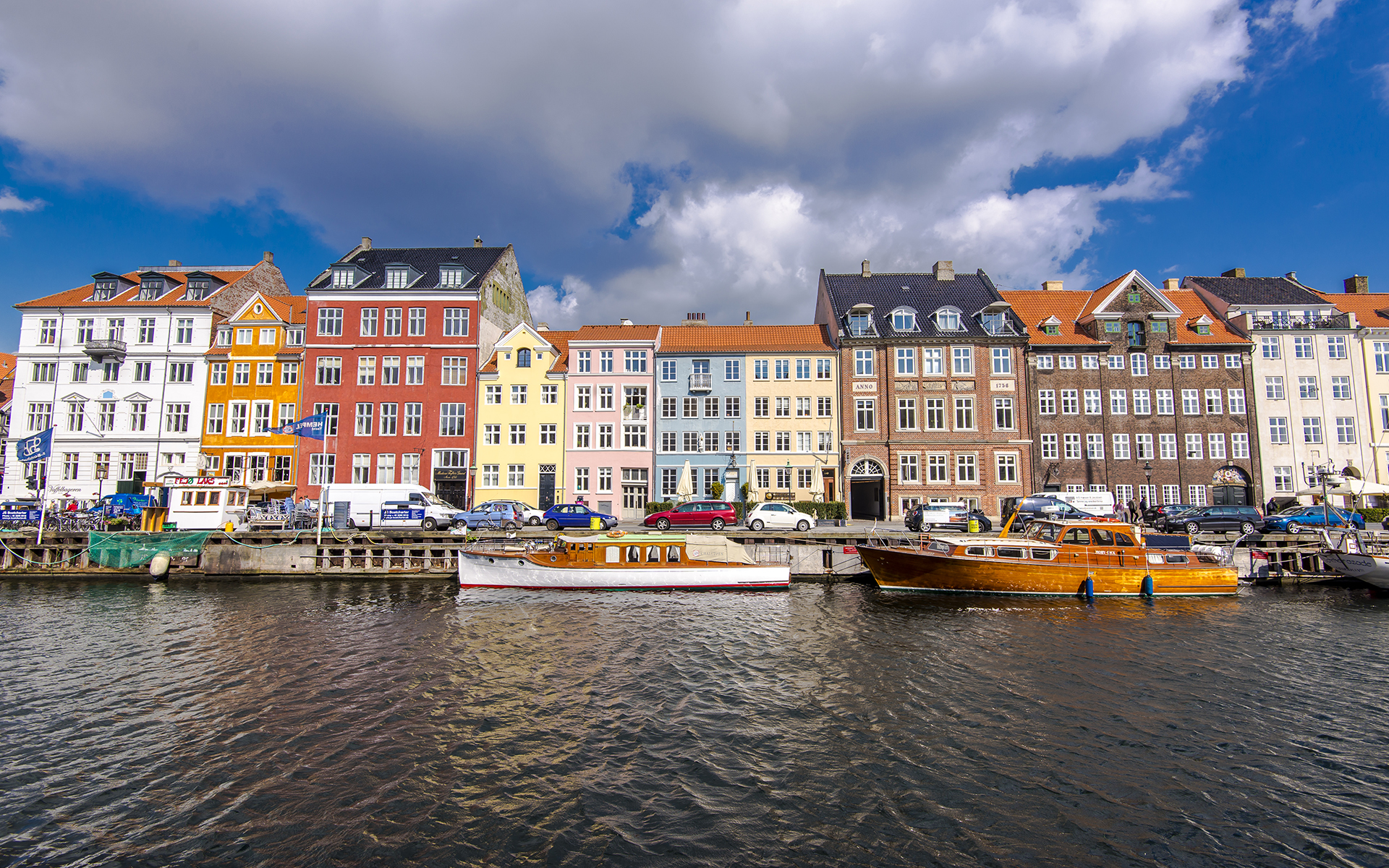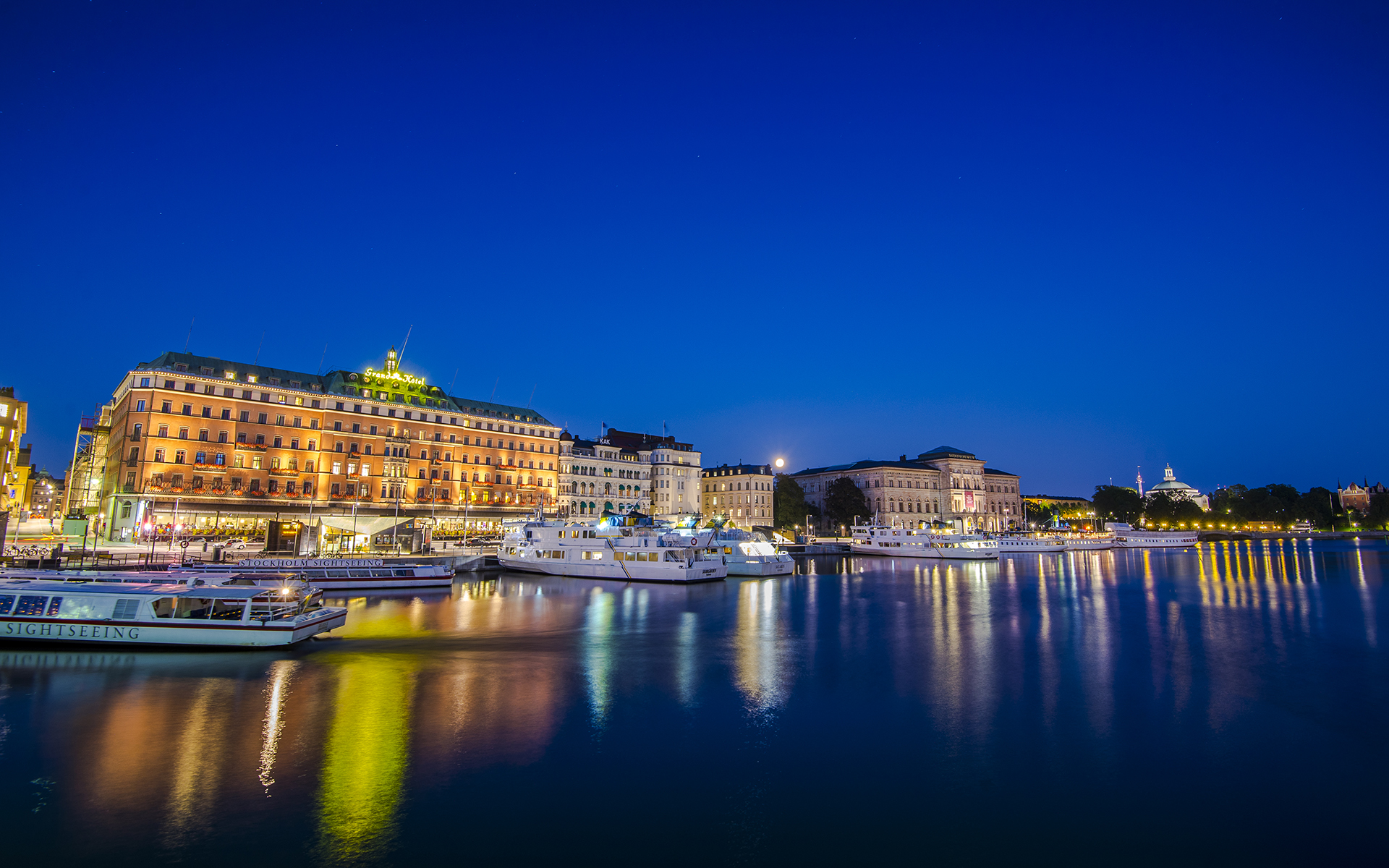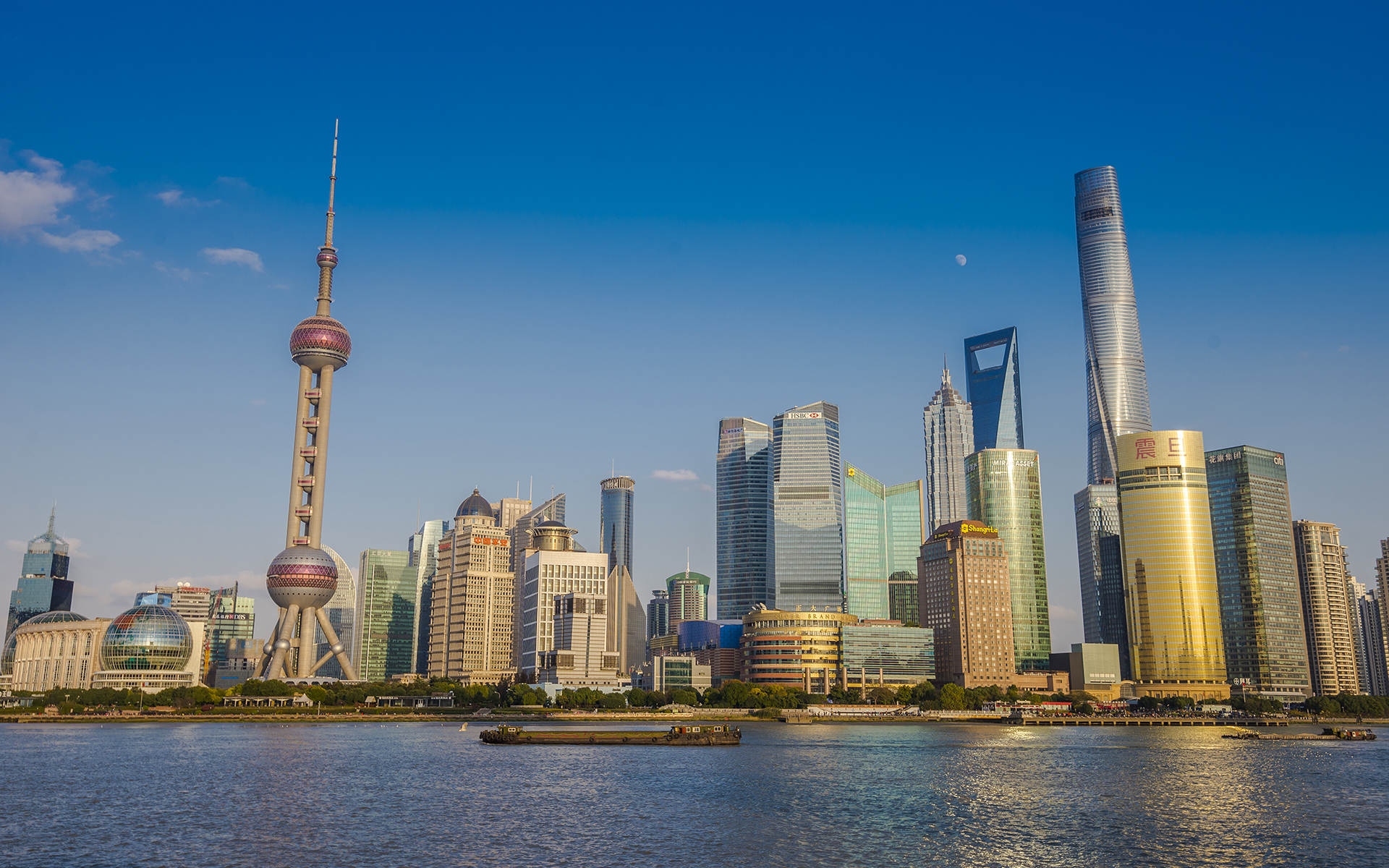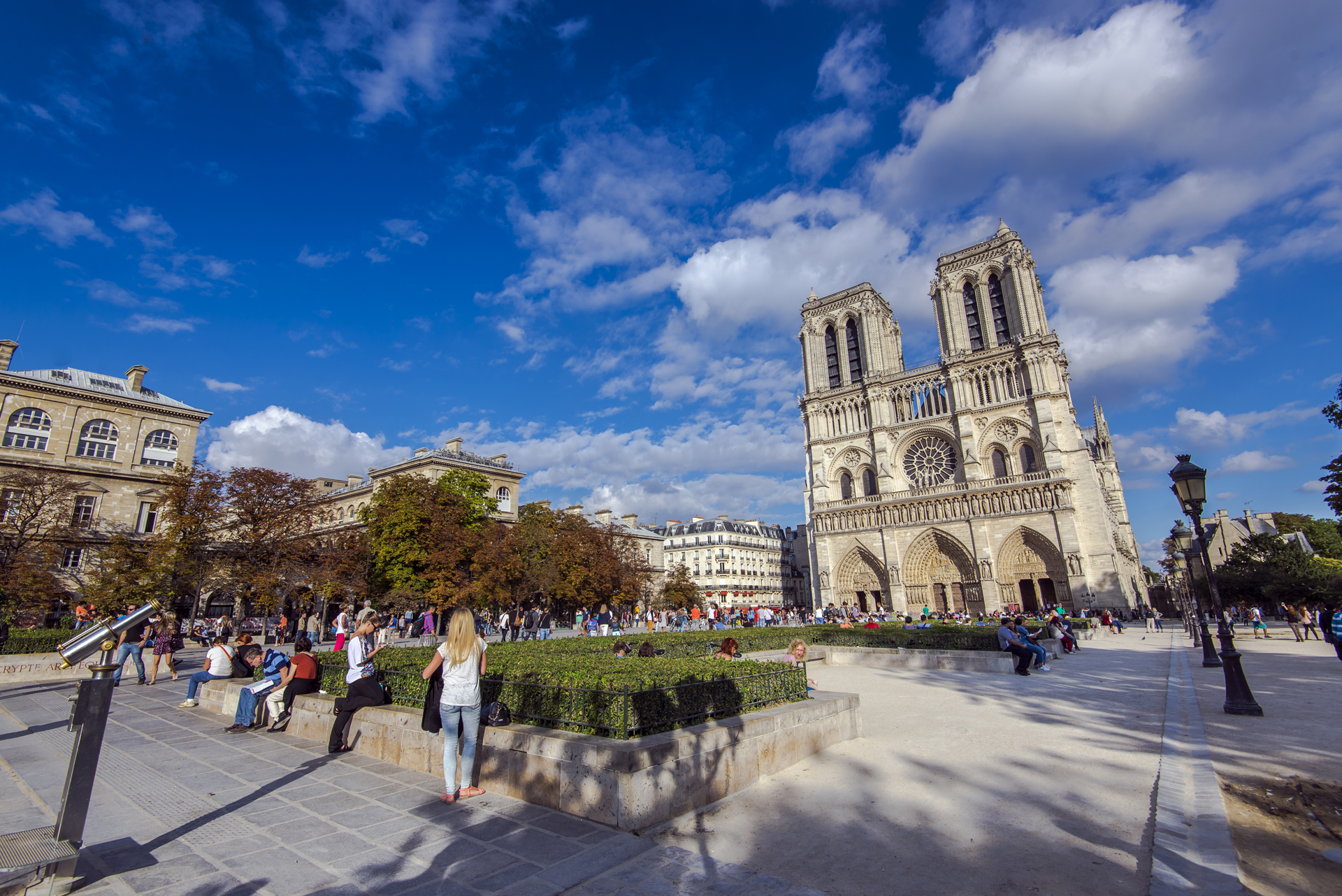Paris: An Overview
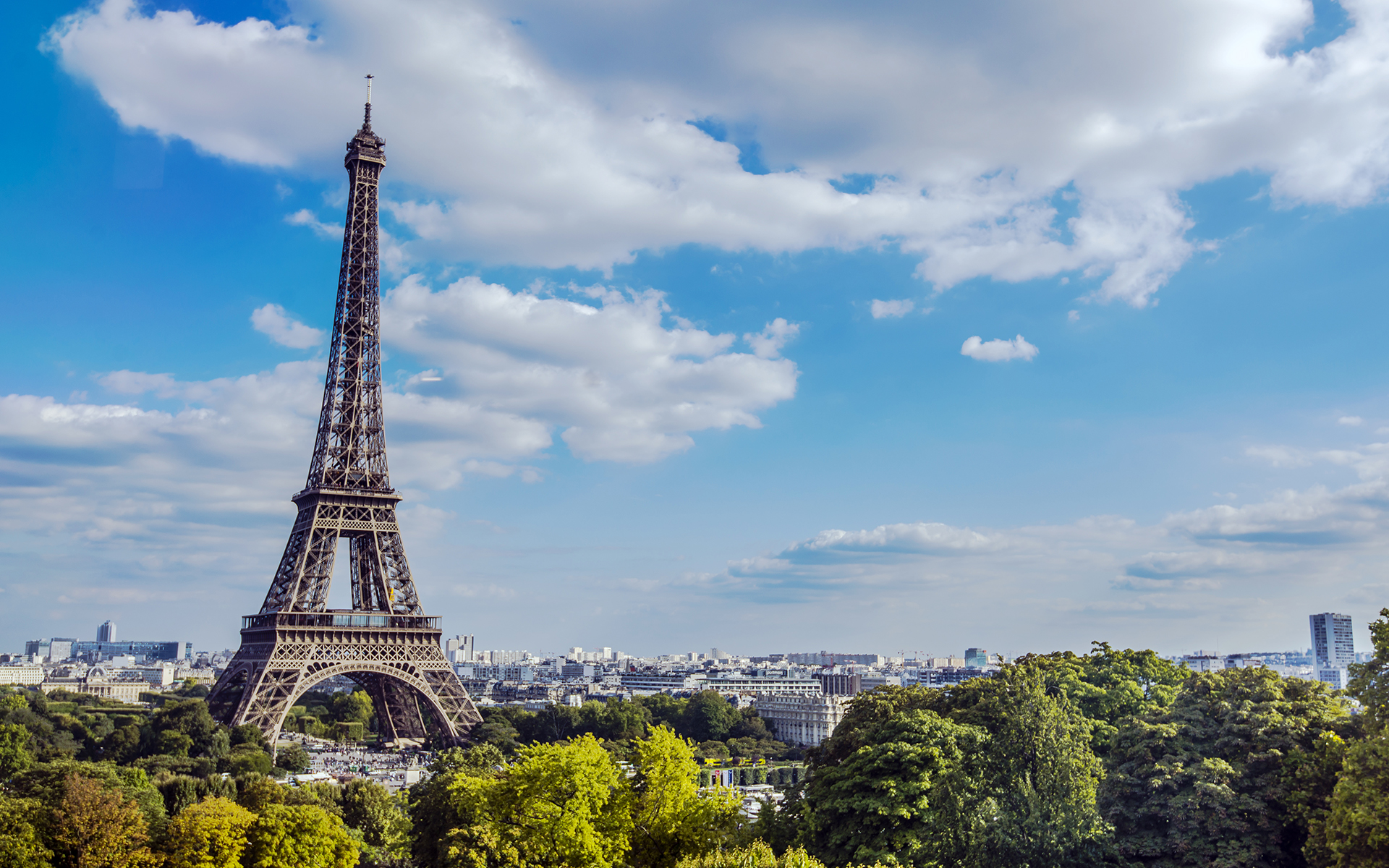
PARIS, FRANCE
Welcome to the first installment of what I'm calling #TravelTuesday. As part of Westcoaster's branching out of content, we'd like to start posting travel guides and photography to help inform and inspire our readers (and promise this will go farther than our "So You Want to Visit Walt Disney World" series). I've been fortunate enough to visit a lot of places around the world and take lots of pictures, so I feel like Westcoaster is the perfect platform to create content to help other potential world travelers.
First off, my favorite city in the world (Jim's too--or at least one of his favorites): Paris, the City of Lights.
The Paris skyline as seen from Sacre Coeur cathedral.
Paris was the first European city I ever visited, nearly ten years ago when I did a semester study abroad for architecture during college. When I arrived, I instantly fell in love. The rich history, vibrant urban spaces, bountiful attractions, and interwoven infrastructure was a far cry from the urban sprawl of Southern California in which I grew up, and I found myself enchanted by everything the city had to offer.
Transportation
Chances are that most readers who want to visit Paris will be traveling by plane. In that regard, Paris has two main airports, Charles de Gaulle (CDG), which serves international flights, and Orly (ORY), which serves more domestic flights coming from elsewhere in France and Europe.
Those flying into Charles de Gaulle have a few choices to travel into the city. There are buses available on trips ranging anywhere from 30-80 minutes long. Meanwhile, taking the RER light rail line B offers a straight shot into the Châtelet-Les Halles station in the middle of the city, just minutes walking north of the Île de la Cité--the literal center of Paris and home to attractions like the Cathedral of Notre Dame and Sainte Chapelle. Of course, Paris does have Disneyland Paris as a destination too, and the airport offers a high-speed TGV train that goes from CDG to the Disneyland Paris Resort in only 12 minutes. Go to the Terminal 2 TGV station and take the line to "Marne-la-Vallée-Chessy." This is the best option for getting directly to the parks from CDG airport.
The main airports serving Paris for most travelers, with the main city and Disneyland Paris shown for context.
For those flying into Orly, which is located just south of the city, light rail into the city involves taking the ORLYVAL shuttle tram to the Antony stop of the RER B, then transferring and taking the RER B into the same Châtelet-Les Halles station to arrive at the heart of the city. The RER C is also an option and takes a couple of minutes more. Both choices are just a little more than half an hour, plus waiting time.
The train is also an mode for getting into the city, period. Europe has an extensive network of rail transport that connects pretty much all destinations, and France is one of the strongest in this regard. Seven main stations serve Paris: Gare du Nord and Gare de l'Est on the north side of the city, practically next to each other; Saint-Lazare on the northwest side, Gare de Lyon and Gare de Bercy on the east side of the city, also neighboring; Gare d'Austerlitz on the southeast side near Gare de Lyon but on the other side of the Seine River; and Montparnasse-Bienvenue on the southwest sector. Saint-Lazare and Gare de Bercy are less major for most foreign tourist travel.
Locations of the major train stations used for travel into and out of the city.
Each station will have trains directed to different parts of the country and continent. For example, those taking the "Chunnel" (under-channel crossing from London) will arrive at Gare du Nord. Intercontinental rail combined with the city's own very excellent metro system makes getting around an absolute breeze, since no station is ever more than a half kilometer walk from any part of the main city.
As a basis of comparison for Westcoaster locals (Southern Californians), the main part of Paris (shown in color) can just about fit within the confines of the I-10, I-405, I-110, and I-105 freeways (shown in black and white). Think about that.
It's important to note how compact Paris is, an aspect that makes the city very manageable to navigate, despite its rich abundance of attractions. Thus, train and walking is pretty much the way I recommend people get around the city--unless there's a rail strike, which in that case, you're limited to walking, biking, and buses--unless the buses are on strike too (people in France go on strike with regularity). And although looking at a rail map may appear daunting at first, it's really not that hard. Figure out which line you need to take, figure out the terminus line to determine which direction you're going, and figure out which stop you get off. (Well, really, it's probably the reverse of this when you research in advance, but once you're moving, that's the order in which you'll be processing signage and travel directions.)
Tickets for the metro and RER systems can be purchased in singles, packets of 10 called "carnets," or in unlimited use 1-, 2-, 3- and 5-day passes. It's worth knowing that these unlimited use day passes require you to select zones within which they are valid. Zone 1 includes the main city and would cover pretty much most tourist attractions (and all the ones listed below except for those "outside the city"). La Defense is located in Zone 3. Versailles is located in Zone 4. Disneyland Paris falls within Zone 5.
Attractions
Paris is a true international city and offers a seemingly endless supply of things to see and experience. This part will serve as an index for future Paris posts that will include information about each attraction's offerings, cost, location, and such.
I highly recommend getting the Paris Museum Pass for first-time (or even returning) tourists, which includes admission to over 50 museums and monuments in the city, including many of the most famous icons. The pass can be purchased online or at the major museums and landmarks that it accommodates, as well as FNAC stores in the city. It comes in 2-, 4-, and 6- day increments and offers unlimited admission to qualifying destinations.
Monuments
Like any major city, Paris has a lot of iconic locations that are purely for tourist services. These are gorgeous photo spots and lovely places just for relaxing.
- The Eiffel Tower
- The Arc de Triomphe
- City Hall
The Eiffel Tower, viewed from Trocadero Square.
Paris' Arch of Triumph from the Champs-Élyssés.
Paris' City Hall, or "Hotel de Ville."
Museums
Being a city of arts, Paris of course has plenty of cultural establishments to pique the interest of those who enjoy history, arts, social science, and the like. These include:
- The Louvre
- The D'Orsay Museum
- The Rodin Museum
- The Picasso Museum
- Pompidou Center
- The Cartier Foundation
- The Quai Branly Museum
- The Arab Institute
- City of Architecture and Heritage
- Hotel des Invalides
- Cinémathèque Française
The I.M. Pei-designed glass pyramid of the Louvre, illuminated late at night.
The soaring space of the train station turned D'Orsay Museum.
The Thinker sits in contemplation at the Rodin Museum.
The Pompidou Center is home to modern art. Like most Parisian icons, it was once revolted but is now beloved.
Theaters
With so much history tied to the upper class, the City of Lights naturally features a plethora of venues in which to take in the theatrical arts. Some also double as tourist spots just because of the building design, while others would be visited only for a show. Some Parisian theaters of note include:
- The Moulin Rouge
- Palais Garnier
- Odeon Theater
- Bastille Theater
The bright lights and whirling iconic windmill of the Moulin Rouge, still operating to this day.
Religious Establishments
Paris is rich in history and steeped in religion, so it's no surprise that the city's places of worships are sights to see in their own right. From towering High Gothic cathedrals to regular neighborhood churches, these buildings are absolutely grand, and they would be interesting even for people who are not religious at all. Examples include but are nowhere near limited to:
- The Cathedral of Notre Dame
- Sainte-Chapelle Cathedral
- Saint Severin Cathedral
- Sacre Coeur Basilica
- Church of Saint-Paul Saint-Louis
Notre Dame is one of the most famous sites in Paris.
Sacre Coeur is practically a baby as far as churches in Paris go, but its prominent position high on a hill helps make it a very popular tourist spot.
Parks & Cemeteries
One of my favorite aspects of the city are the lovely green spaces that relieve the dense, mid-rise urban space. Paris' parks are bountiful and free, and they are a great way to interact with locals, relax, or play. Some of my favorites include:
- Luxembourg Gardens
- Tuilleries Gardens
- Parc de Bercy
- Parc de la Villette
- Parc André Citroën
- Palais Royale
- Square de Vert-Galant
The beautiful and sprawling Luxembourg Gardens are popular with tourists and locals alike.
The Tuilleries Gardens connects the axis that leads from the Louvre Museum down to the Champs-Élyssés and Arc de Triomphe.
On the macabre side of things, Paris also has some pretty famous locations to visit the dead. That's what happens with a city that's over 2000 years old. Those who enjoy attractions of the spookier or more somber type can check out:
- The Pantheon
- The Paris Catacombs
- Montparnasse Cemetery
- Père Lachaise Cemetery
The Pantheon in Paris houses a collection of tombs of many notable scientific. literary, and historical figures, such as Marie and Pierre Curie, Victor Hugo, Voltaire, and Jean-Jacques Rousseau.
Neighborhoods and Plazas
Paris is formally divided into 20 arrondissements, or neighborhoods, and there are plenty of charming sectors that really reinforce the romance and allure of the city, such as:
- The Latin Quarter
- Montmarte
- Champs-Élyssés
- Place de la Concorde
- Place d'Italie
- Chinatown/Asian Quarter
The Latin Quarter is full of charming streetside cafes and open air markets and a great place to catch the bohemian essence of the city.
The Montmarte area, located adjacent to Sacre Coeur, is electric at night and also full of vibrant cafes and boutique shops and stands.
Outside the City
Although there is a wealth of attractions within the main city perimeter, there are also well-known sites to visit outside as well, spanning a gamut of categories from architectural sites to historic locals to that one place with that talking mouse. For example:
- Disneyland Paris
- Versailles
- Villa Savoye
- La Defense
Le Château de la Belle au Bois Dormant, or Sleeping Beauty's Castle, at Disneyland Paris.
Money
Paris, being a part of France, being a part of the European Union (at least at the time of this writing), uses the Euro as its form of currency. Banks are plentiful for money exchange, but I always advocate getting a little bit of foreign currency (if possible) before arriving at any country just in case you encounter a situation where you need cash. That said, most establishments and services will accept credit card--although they should be of the chipped variety (not as much of a problem now that the U.S. is finally switching over to chipped credit cards, only a decade behind Europe).
Also, tipping is not required when dining in Paris. In fact, in most countries around the world, tipping is not a custom, and in some countries, it's even considered to be rude.
Communication & CUSTOMS
Since it's Europe, most people speak English. But I will make a mention on the common stereotype of the rude Frenchman. Yes, there are certainly times where one may encounter service that doesn't meant American standards, but it's important to recognize that the pace of life moves much more relaxed in France than in America. Ultimately, I advocate making an attempt at any foreign country's local language by learning a few key phrases. In my experience, trying to speak a little bit of French goes a long way, and I have generally encountered very polite and friendly locals who smile at my feeble and very terrible attempts and then help me out in English.
The Hotel des Invalides features a towering dome and several historic museums.
So as you can see, there is plenty to do in Paris, and I haven't even touched upon the city's numerous dining options. I'm a wannabe foodie, which means I love eating quality food but don't actually know much in the way of recommending places to eat. But it's Paris. Go off the beaten path and find a bistro or cafe and just sit down try things out. There are plenty of famous restaurants as well that you can find at plenty of sites more knowledgeable on that sort of stuff than here. And though Paris certainly does have its flaws, and I know people who don't enjoy the city at all, for me, Paris is wondrous and spectacular. So keep an eye on these travel posts in the future, and I'll go into more in-depth detail about the various places listed above.
Architect. Photographer. Disney nerd. Haunt enthusiast. Travel bugged. Concert fiend. Asian.
